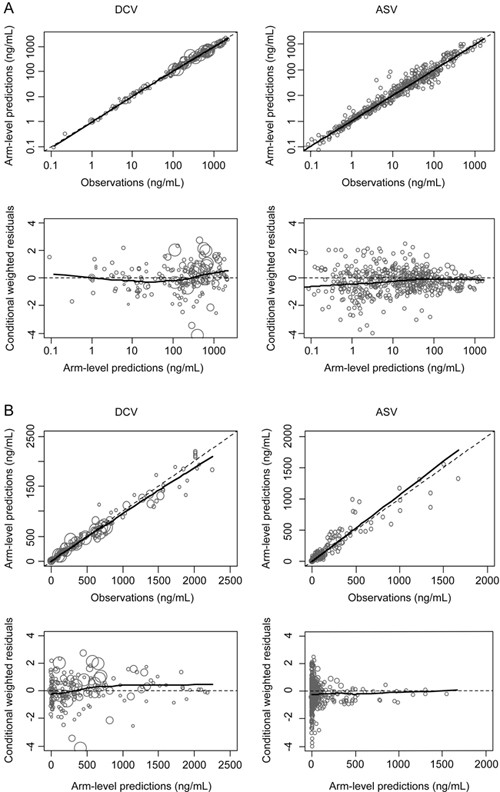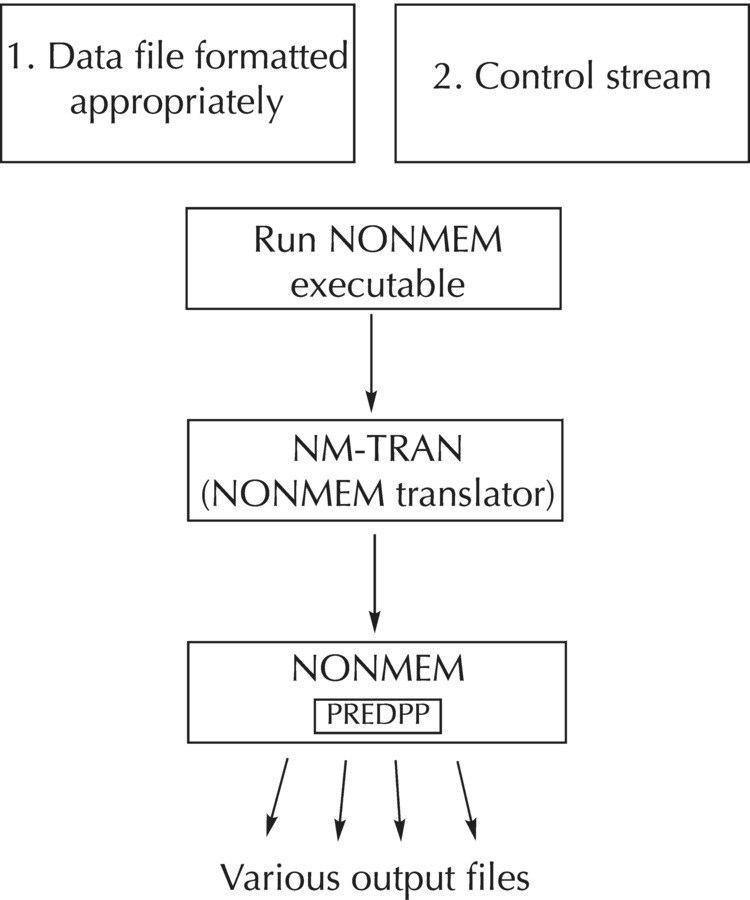

If the $if$ condition evaluates to true, then its statements are run otherwise, the $else$ condition is checked. Grouping mechanism that evaluates to true if expressions contained inside evaluate to true.Ĭhecks whether the specified %expression% matches the string value of the passed custom template parameter. However, single quotes are required for empty values.Įvaluates to true if the specified string contains either a trailing backward slash (\) or forward slash (/) character.Ĭondition="!HasTrailingSlash('$(OutputPath)')"Įvaluates to true if the operand evaluates to false.Įvaluates to true if both operands evaluate to true.Įvaluates to true if at least one of the operands evaluates to true. Single quotes are not required for simple alphanumeric strings or boolean values. The symbol is represented as >.Įvaluates to true if a file or folder with the name stringA exists. Note: In XML, the characters must be escaped. Hexadecimal numbers must begin with "0x". Operands must evaluate to a decimal or hexadecimal number or a four-part dotted version. Returns true if the relational evaluation is true. This check is case insensitive.Įvaluates to true if stringA is not equal to stringB.Įvaluates the numeric values of the operands. However, single quotes are required for empty values. ConditionĮvaluates to true if stringA equals stringB. The following table explains those conditions.

MSBuild supports a specific set of conditions that can be applied wherever a Condition attribute is allowed.


 0 kommentar(er)
0 kommentar(er)
